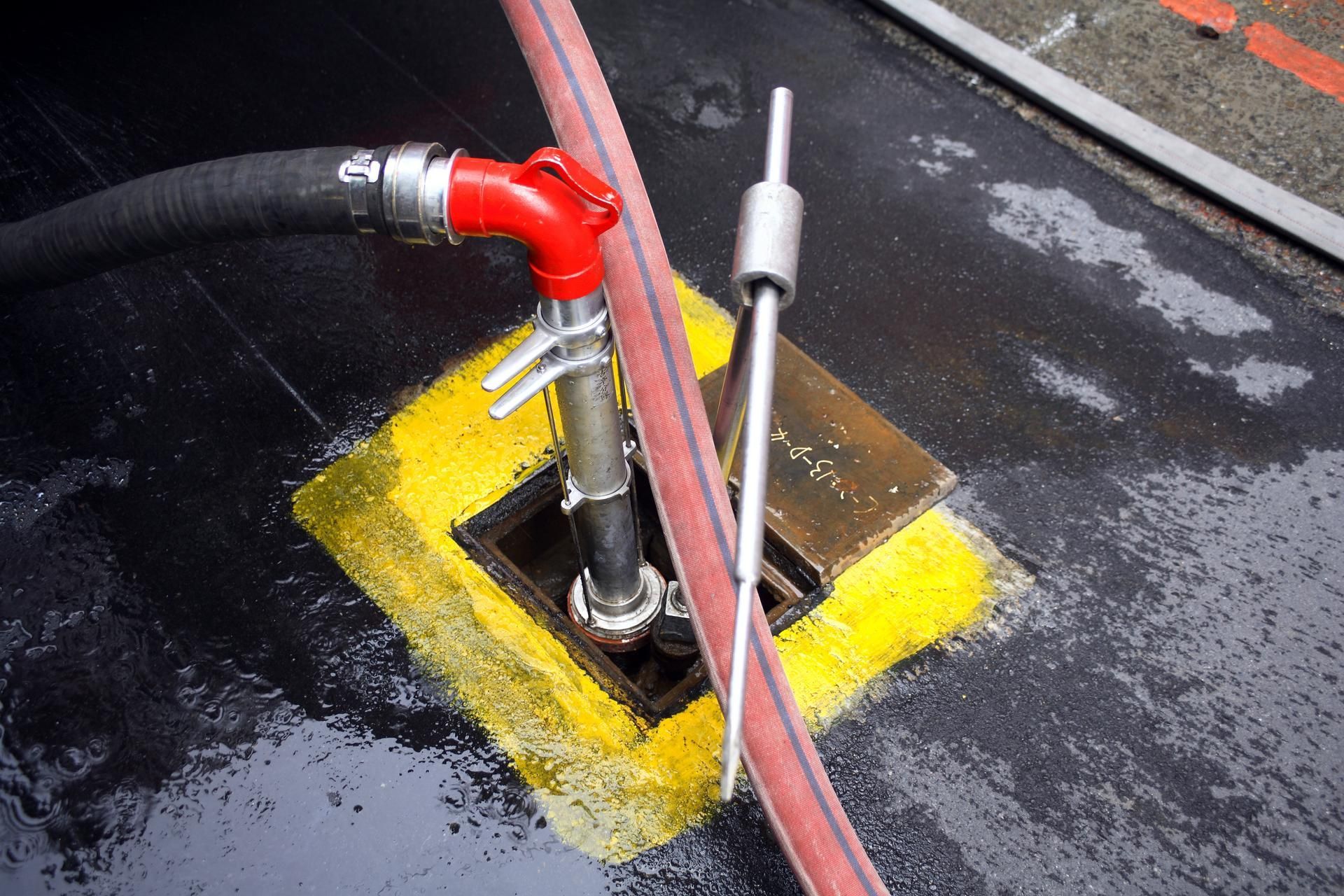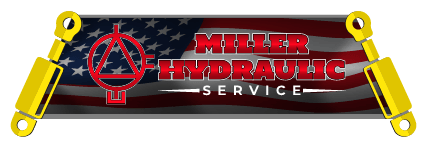Hose Fittings: A Guide

Hydraulic fittings are found across industries, each with its special application. Whether a professional or a novice learning the ropes, you should identify the right hydraulic fitting that suits your hose size and particular application. Below is a guide on hydraulic hose fittings and their applications.
What are Hydraulic Fittings, and What are They Made of?
Hydraulic fittings connect hydraulic hoses to other components of equipment and machines across industries. You will find hydraulic fittings in water and sewerage systems, hydraulics and assembly lines, construction site hydraulics, and oil refineries.
The market has different hydraulic fittings, each serving a specific purpose. They are made of different materials and come in different sizes with different types of seals and pressure and temperature tolerances. As such, some of these fittings may allow or prevent fluid flow and create a seal, but they serve multiple purposes in some cases.
Hydraulic fittings are made of different materials, including brass, stainless steel, and plastic. Below is a discussion of each of these materials:
- Steel. Steel hydraulic fittings are made of steel alloys. Therefore, they are often durable and can withstand relatively higher temperatures compared to those made of materials such as plastic. They are commonly used for industrial applications because of their high-pressure ratings.
- Plastic. Plastic hydraulic fittings are beneficial for their corrosion resistance compared to metallic fittings and low cost. However, these fittings are less durable and weak. They are not used in hydraulic applications.
- Brass. Brass fittings are not as strong as steel and stainless steel fittings. However, they are highly recommended for applications that need a tight seal. They can withstand moderate temperatures and pressure.
- Stainless Steel. This type of fitting is used in high-temperature applications where the environment may be corrosive. These fittings can also withstand high pressure. However, the major setback with stainless steel fittings is that they are expensive.
- Aluminum. Aluminum fittings are lighter than steel fittings and resistant to corrosion. While they are less popular, they are applicable for specific applications such as transport hydraulics.
Be sure the fittings you choose are of an appropriate material for your application.
Permanent vs. Field Attachment or Reusable Hydraulic fittings
Hydraulic fittings can either be field attachable or crimped. Field attachable fittings are alternatively known as reusable fittings.
These fittings are less popular than permanent fittings because they are time-consuming and costly. The growing popularity of portable hydraulic crimpers that technicians can carry around means that the use of reusable hydraulic fittings may decline eventually.
On the other hand, crimped fittings are permanent and sealed by a crimper. This type of fitting is more secure compared to field attachable fittings. You can easily identify and assemble them with a crimper, and they are highly reliable.
Types of Fitting Ends and Connectors for Hydraulic Fittings
Below are the most common connector types and fitting ends:
- O-ring face seal (ORFS). This sealing method ensures a reliable and secure elastomeric seal that is used in applications that present a leaking risk. Different ORFS fittings include straight, tee, elbow, and cross ORFS fittings.
- Mated angle. These are hydraulic fittings with an angle seat with parallel or straight threads for sealing. When the male and female are threaded together, they form a seal that brings together the mating angle seats.
- Tapered thread connectors. This fitting has male and female threads. The threads on the male are on the outside, while the female threads are on the inside. The tapered thread deforms to allow the two fittings to be threaded together, which applies pressure to the couplings and creates a seal. These fittings can contaminate sensitive areas and are subject to threading, so are not used in pneumatic and hydraulic systems.
Here at Miller Hydraulics Service, Inc, we offer industrial and hydraulic services for different industries. Reach out to us today.





